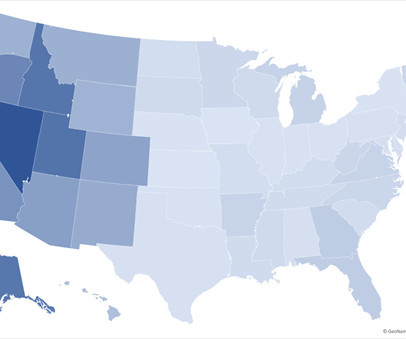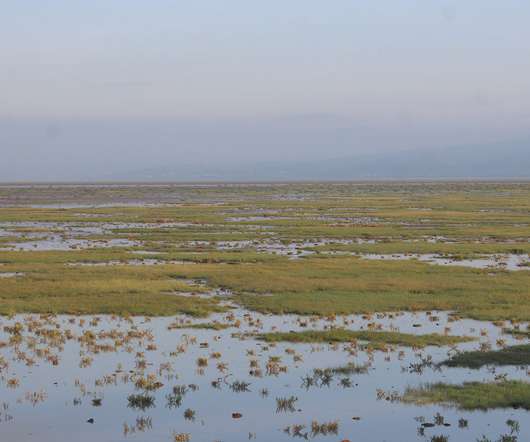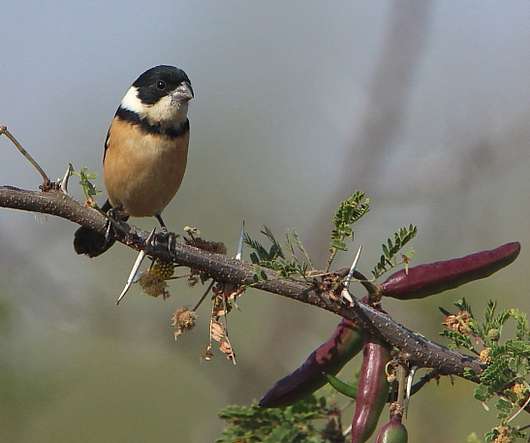A Birder’s Guide to U.S. Federal Public Lands
10,000 Birds
MARCH 5, 2024
These lands support countless birds, either year-round, as migratory stopovers, or as breeding grounds. Many refuges are strategically located along major flyways, allowing ducks and geese to hopscotch their way up the continent to northern breeding grounds and back down again. But what else should birders know?











Let's personalize your content